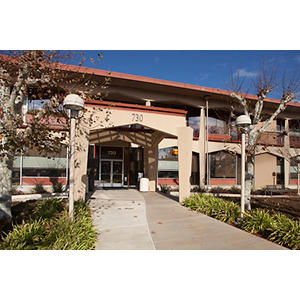Yasemin Cagil, MD
Clinical Assistant Professor
Pediatric Gastroenterology
“I will partner with you and your child in finding the best fitting treatment to improve their health.”
My Approach
When caring for your child, I view us as part of the same team where we put our minds together to solve issues and try new treatments or a combination of alternative and Western treatments. I take a gentle, respectful approach to care, staying mindful of the number of procedures your child endures and starting with those that are least invasive.
Gastroenterology is always evolving so it's exciting to offer your child new innovations to improve their quality of life. As a researcher, I look for trends in large groups of patients and discover what is effective, bringing this knowledge to our care appointments. Seeing you and your child happy, and improving your child's life, is what makes me happy.
Locations

2495 Hospital Drive, Suite 625, Sobrato Pavilion
Mountain View, CA 94040
Phone : (650) 540-8481
Fax : (650) 736-4100
Work and Education
George Washington University School of Medicine and Health Sciences, Washington, DC, 05/31/2016
Nicklaus Childrens Hospital Dept of Pediatrics, Miami, FL, 06/30/2019
Stanford University Dept of Pediatric Gastroenterology, Palo Alto, CA, 07/06/2022
Pediatric Gastroenterology, American Board of Pediatrics, 2023
Pediatrics, American Board of Pediatrics, 2019
Languages
Arabic
English
Turkish


Connect with us:
Download our App: